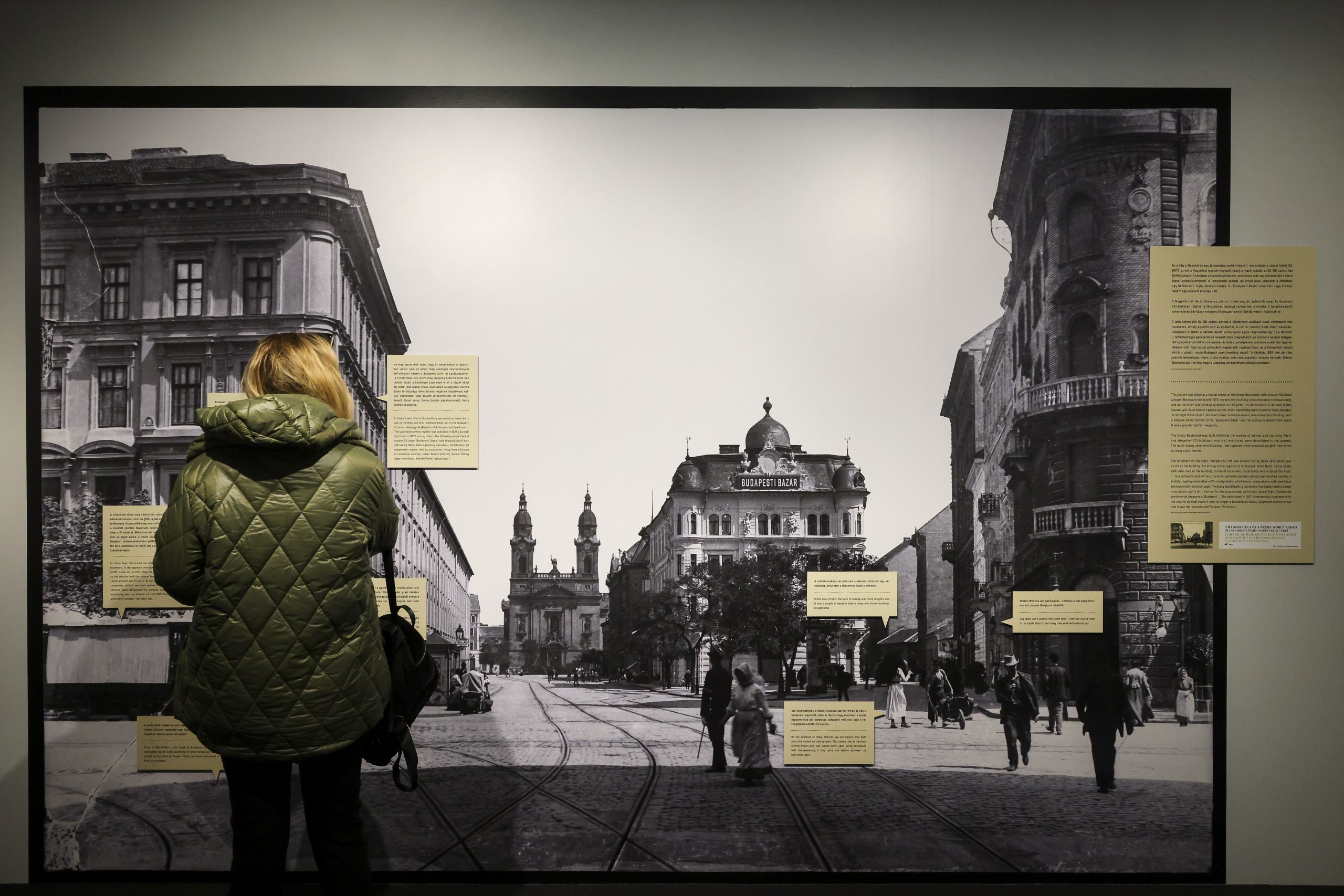The jury will award valuable prizes to the best entries.Continue reading

Budapest. The first golden age – Stereoscopic and postcard photographs from the collections of Fortepan and Deutsche Fotothek are on display in the Hungarian National Gallery in Budapest.
“It is very exciting, very multilayered, playful and informative, and very spectacular at the same time,” noted László Baán, the museum’s director general, at the press preview of the exhibition.
The selection of photographs recalls the period when Budapest was one of the most dynamically developing cities in the world at the turn of the 19th and 20th centuries.
“If we consider the Golden Age as a phase of development in which the creative forces of a community come together, we can safely call this half-century a true golden age,” he said, adding that Budapest was only Europe’s 30th largest city at the time of its unification (1873), but by the turn of the century it was ranked 8th. “After Paris, Vienna, Berlin and St. Petersburg, Budapest became a city with fantastic public institutions that still define the image of the city,” the director stressed.

Photo via MTI/Hegedüs Róbert
The Fortepan team found previously unknown negatives of Budapest city photographs by a German postcard company, Brück & Sons, in the collection of the Deutsche Fotothek in Dresden, and the exhibition presents an exciting selection of these photographs.
The postcard photographs are complemented by the work of Frigyes Schoch, a wealthy entrepreneur and hobby photographer who captured the capital in unique stereoscopic photographs.
The exhibition is the first time the public can see the company’s photographs of Budapest, taken between 1903 and 1912, often featuring small street stories alongside emblematic buildings. One part of the exhibition gives an idea of the evolution that Budapest went through at the beginning of the 20th century.
The second unit of the exhibition presents the Brück & Sohn publishing house and the history of the development of postcards, as well as a large installation of the hundreds of postcards that the publishing house has published about Budapest over a decade.
In this section, visitors can also learn about the technical background of postcard production,
such as the retouching process, how people not in the original photos were put on the postcards, or how the black and white images were subsequently colored.
The other part of the exhibition consists of stereoscopic images of the Swiss-born Budapest builder and amateur photographer Frigyes Schoch, showing the capital as a cosmopolitan city from a private perspective. Some of the buildings and sites depicted in the photographs have been significantly altered or, in many cases, destroyed in the Second World War.

Photo via MTI/Hegedüs Róbert
The Schoch legacy, the largest in Hungarian photographic history, consisting of 670 items preserving the last moments of the Austro-Hungarian Empire captured in three dimensions. It was donated by his descendants to the Historical Photo Department of the Hungarian National Museum through Fortepan.
The final section of the exhibition, with contemporary images, displays how much and in what ways Budapest has changed in the 100 years since its first Golden Age.
The exhibition is open from November 15 to February 18.
Via MTI, Featured image via MTI/Hegedüs Róbert